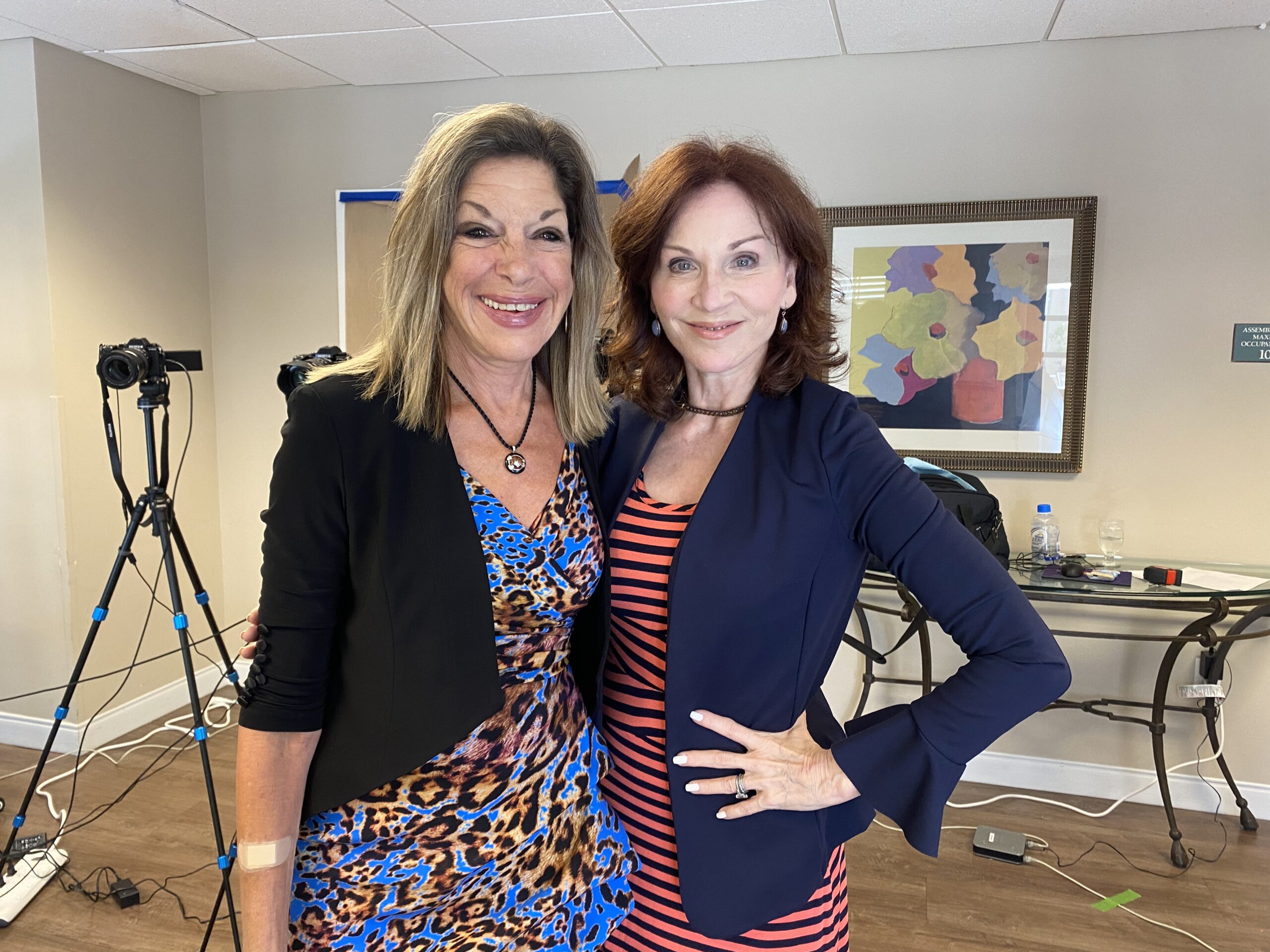Have you been exercising your memory recently? Your brain is a muscle just like any other, so for it to perform at its best, you need to exercise it. In our recent webinar, Your Memory is Your Story, actress Marilu Henner explored how to exercise your brain in an effort to improve your memory. As one of few people in the world born with Highly Superior Autobiographical Memory (HSAM), Henner can recall nearly every detail of every day of her life.
A healthy memory is key to prolonging the brain’s performance at its peak cognitive function. Henner noted that “individuals tend to remember on average 8 to 11 events per year.” All the moments that make up our lives are often reduced to a handful of memories. How can we expand this and cultivate a more long-lasting memory?
Primary Track
Henner explained that everyone has a “primary track.” The primary track is essentially the foundation of your memory. This could be the loss of a loved one, a marriage, or even something mundane that happened to resonate with you. This primary track shapes how we collect and classify various other memories, eventually affecting our brain’s retrieval process of memories.
The Dominant Sense
Just as our primary track influences our memories, our five senses also play a major role in our memory storage. For example, did the vivid smell of a tulip immediately bring you back to your daughter gifting you a tulip-filled bouquet? Did the feeling of sand in between your toes transport you back to summers at the beach when you were 15? Our senses are crucial parts of memory recollection, as they allow us to fully absorb the experience itself, creating a stronger overall memory. Identifying which of the senses helps take you back to a certain memory most vividly leads you to identifying your ‘dominant sense.’ This leads to overall better memory collection and storage, enhancing cognitive function and prolonging a healthy, efficient brain.
The Three R’s
The three R’s of memory allow us to harness the full strength of our memory. By establishing your primary track and your dominant sense, you can begin to understand how you Receive, Retain and Retrieve memories. This understanding can lead you to being more intentional about your memories while both reminiscing and collecting them. Keeping your three R’s in mind while creating memories will help you define your own unique memory wiring.
Practice Your Memory
As with all other muscles, you must exercise and train your brain to effectively store memories. An easy way to begin this process is through implementing and practicing one new memory technique each day. For example, start by reviewing your day each night and actively creating a memory of it through your dominant sense. If your dominant sense is sound, you could identify a memorable sound of the day. It could be a particular song you heard while waiting in line at a coffee shop or the sound of horns honking as you waited in traffic on the freeway. By reviewing your day and assigning a sense to sum it up, memory retrieval will prove easier later on, as you have something to ground you in the memory. Additionally, by utilizing your dominant sense, this allows you to completely personalize the experience.
Memory is an important part of a healthy brain and an important part of your story – so use it to your benefit. At Belmont Village, we prioritize memory care with our Whole Brain Fitness program designed to improve brain health for each and every one of our residents. Learn more about our Whole Brain Fitness program.

